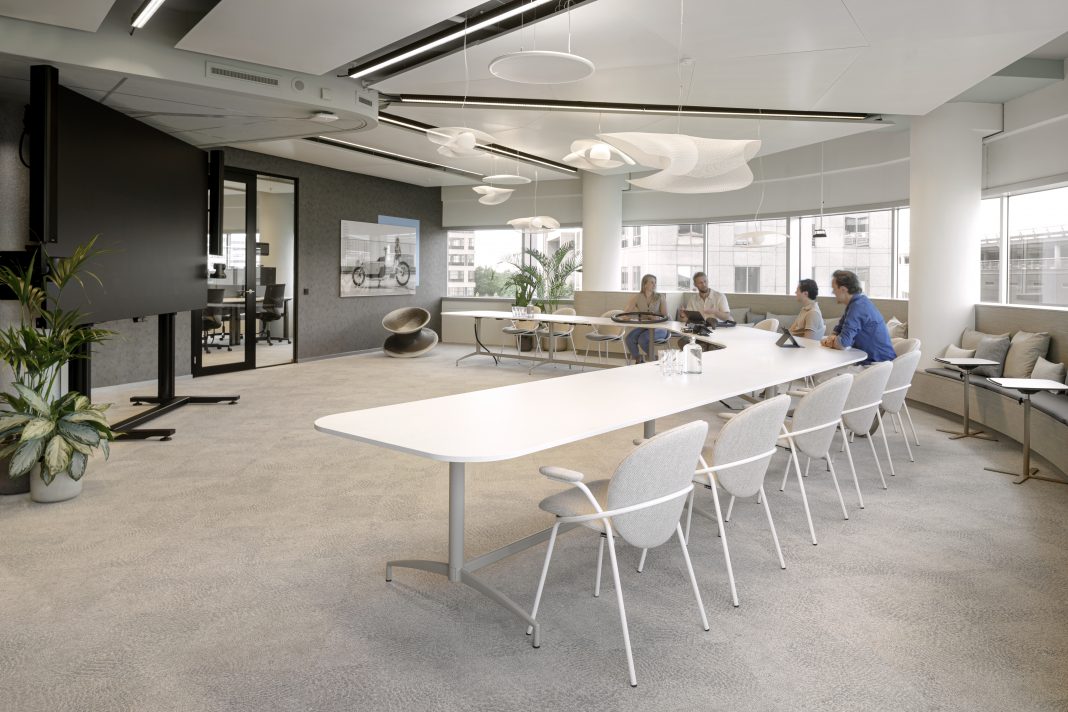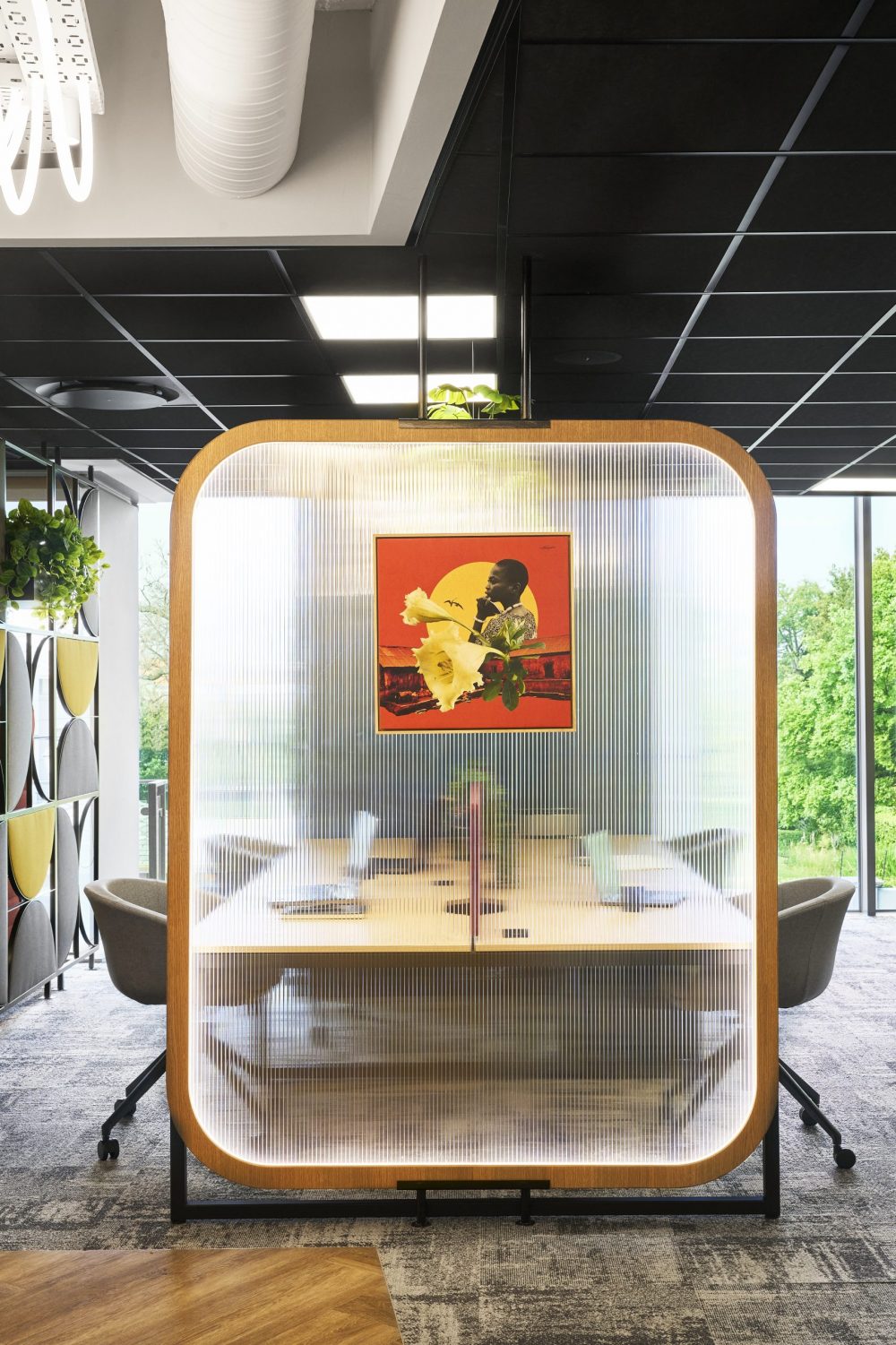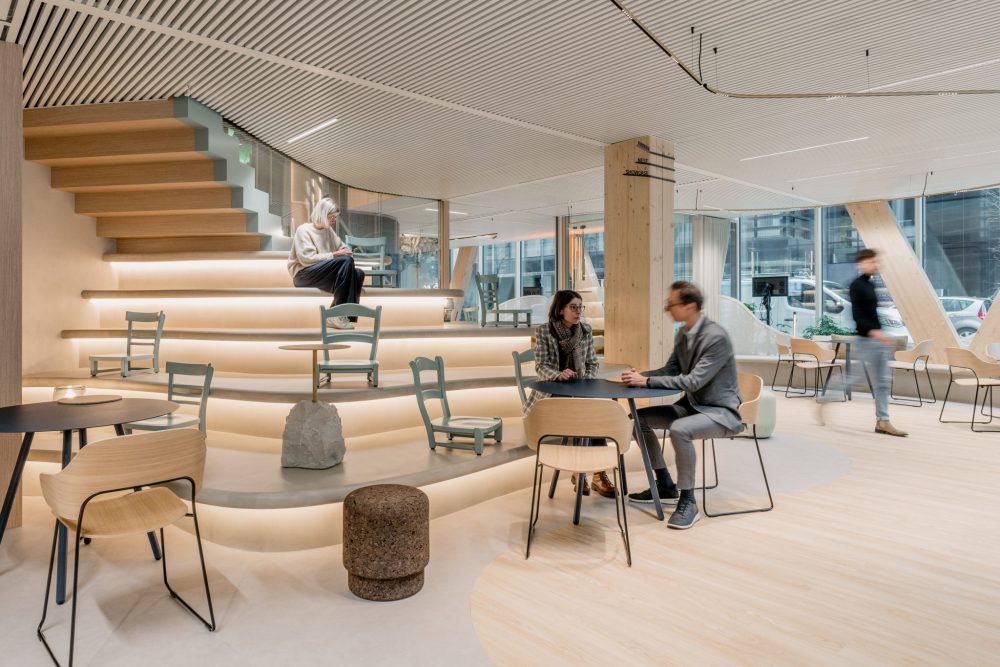Flexibility isn’t just a design strategy – it’s a business imperative. Stephen Jay’s work explores how adaptable, experience-driven environments can strengthen culture, support change and inspire people to show up.
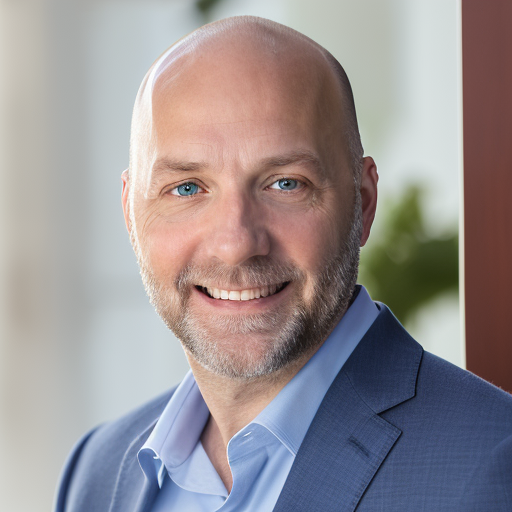
With more than 20 years of experience bridging the worlds of retail, hospitality and workplace design. Stephen Jay helps global brands translate their identities into physical experiences that are not only visually compelling but also agile, scalable and people-centered.
Driven by a passion for innovation and a belief that design should deliver both economic and human value, Jay brings an entrepreneurial mindset to every challenge. He has built high-performing teams, uncovered unmet customer needs and applied design thinking to help organizations grow, differentiate and connect more meaningfully with their audiences. We recently caught up with him and here’s what he had to share.
WDM: You’ve helped global retail brands rethink physical environments around experience and adaptability. How are those same principles influencing how JLL approaches flexible workplace design?
Stephen Jay: In retail, we design for perpetual change without rebuilding stores. We can apply the same logic to workplace: we can create spaces with a “kit-of-parts” such as reconfigurable walls, mobile hubs, power-anywhere, etc. Like retail stores adapt to different types of shopping trip missions, workplaces can quickly reshape for different work styles: whether people need to collaborate, workshop ideas or focus. We add support services like concierge, on-site tech support and light refreshment options to make space multi-functional in a meaningful way.
Our research shows that when workplaces feel high-quality and adapt quickly, people actually want to use them — so flexibility isn’t just operational; it’s cultural.
This means flexibility isn’t just about saving money on workspace changes. It’s about creating a culture where people choose to come into the office.
When the space adapts quickly and feels premium, managers don’t have to force compliance with return-to-office policies. The environment itself becomes the draw.
WDM: Many companies underestimate how brand identity should translate into flexible space. What are the most effective ways to keep a company’s DNA visible in spaces that continually reconfigure?
Stephen Jay: Your brand should work as a complete system and be the bones of your flexible workspace design, not just decorative touches. For our clients, we create a consistent set of materials and colors that can be used throughout any space. Then we anchor everything with one or two standout design elements. Digital displays can be updated with fresh content, while purposeful objects — like cultural pieces, modular furniture or movable partitions — encourage the different behaviors you want to see in a space. The result is adaptable offices that stay true to your brand through core design elements that never change, plus flexible layers you can easily update.
WDM: What metrics or indicators do you use to evaluate whether a flexible space is successful and how you go about measuring them? For example: occupancy utilization, employee satisfaction, time to reconfigure, cost savings?
Stephen Jay: We track several key areas to measure success. For space usage, we look at how busy areas get during peak times versus average days, how long people actually use different seats and rooms, and the balance of use across different zones or “neighborhoods.” We measure the practical side too — how long it takes to rearrange spaces and how much staff time that requires.

Then we collect space use insights: we gather feedback through tailored questionnaires, task-space fit evaluations and satisfaction scores. We ask whether the space actually supports the work they’re trying to do, if it’s comfortable, and whether it’s worth the commute.
And we track the business impact: what each change costs, how much energy we save and how often people actually collaborate in the space. It can be useful to correlate policy sentiment versus actual attendance and test whether quality upgrades close any gaps. Some methods for measurement for this include sensors and bookings, pulse surveys, post-event debriefs, quarterly “space health” reviews and focus groups.
WDM: Occupancy is no longer a fixed variable. How do your teams design environments that can flex between peak collaboration and quiet focus – without losing aesthetic or functional cohesion?
Stephen Jay: To balance collaboration and focus, for example, we might design layered neighborhoods: a quiet core with library rules, a team perimeter for workshops and meetings, and buffers to absorb noise. One-touch modes can shift lighting, A/V and furniture from “Focus” to “Workshop” mode in minutes, enabled by power and data enabled everywhere. A focused material palette preserves aesthetic cohesion, frictionless technology enables instant participation, and clear wayfinding and light concierge support keeps it humming.
WDM: Retail excels at turning square footage into emotional experiences. How can workplace designers borrow that storytelling mindset to make even hot-desking and hybrid setups feel intentional?
Stephen Jay: Script the day like a store journey: welcoming threshold (lockers, tech check), orientation cue (schedule and vibe), anchor moments (community table, café pit-stop, demo wall), micro-scenes (phone alcoves, huddle nooks), graceful exit (reset ritual). When you use design to transform work into a narrative with roadmaps, prototypes and recognition, even a hoteling seat feels intentional.
WDM: The workplace has never been more fluid. From your perspective, what’s driving the shift toward flexible design – and what’s keeping some organizations from fully embracing it?
Stephen Jay: Drivers for shifting to flexible office design include variable occupancy rates, portfolio optimization, improved sustainability and enhanced employee satisfaction (which connects to talent attraction and retention).
Barriers include legacy leases/furniture, fragmented HR/IT/Real Estate governance, inconsistent policy enforcement and poor hybrid tech. Breaking down these barriers requires executive sponsorship, a unified space/service operating model, funded change management programs and key performance indicator (KPI) ties to culture and space performance — not just cost.
WDM: According to JLL’s Workforce Preference Barometer, how can adaptable furniture and reconfigurable layouts create truly “commute-worthy” office days that convert policy acceptance into actual attendance.
Stephen Jay: The study found 72% positive ratings on structured hybrid attendance policies, yet that rating comes with a caveat: the majority of those employees with a positive view work in offices that balance business needs with employee wellbeing through intentional office design, health services, social infrastructure and mobility support. Interestingly, employees with negative views on hybrid policies are communicating the same value system with the difference being that work-life balance is missing. When employees don’t feel valued or supported, they expect compensation for their commute and flexible hours.
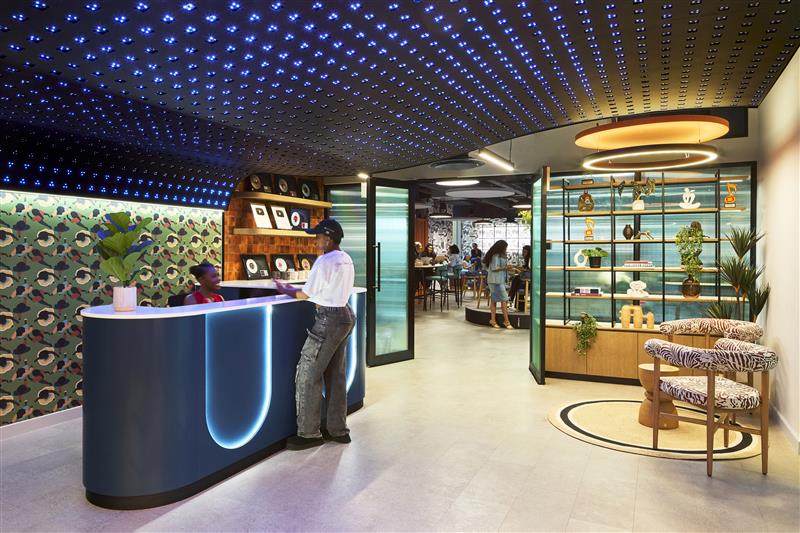
To draw employees into the office, they are looking for local character and community integration, creative spaces, onsite food and health services, and better hybrid tech in the workplace. Some ideas to achieve higher voluntary attendance with less need for manager enforcement include:
- Programming magnet days with client demos or learning sprints and restaging overnight with adaptable furniture
- Localizing office neighborhoods with materials/art that reflect the community outside the office, plus creative spaces and wellness micro-zones
- Hospitality where work happens with great coffee, healthy grab-and-go, and tech concierge embedded in team areas
- Frictionless hybrid technology where every seat is meeting-ready, and presets advertise the day’s vibe and where to plug in
WDM: Looking ahead, do you think the “flexible office” will become a core part of a company’s brand experience – much like flagship stores are for retailers? What does that evolution look like from JLL’s perspective?
Stephen Jay: Absolutely. People reward high quality experiences with their presence.
The most effective offices are shifting from place to platform – a dynamic, reconfigurable work experience that might host product showcases, partner residencies and community programming.
Add in seasonal drops of layouts and content; measurable audience outcomes like attendance, learning hours and client conversion; and a brand system that scales from hub to satellite, while honoring local character. Office flexibility will continue to evolve to support the brand, business goals and employee expectations, and so must be integrated into the design so that it’s a part of each workplace experience, every day.

